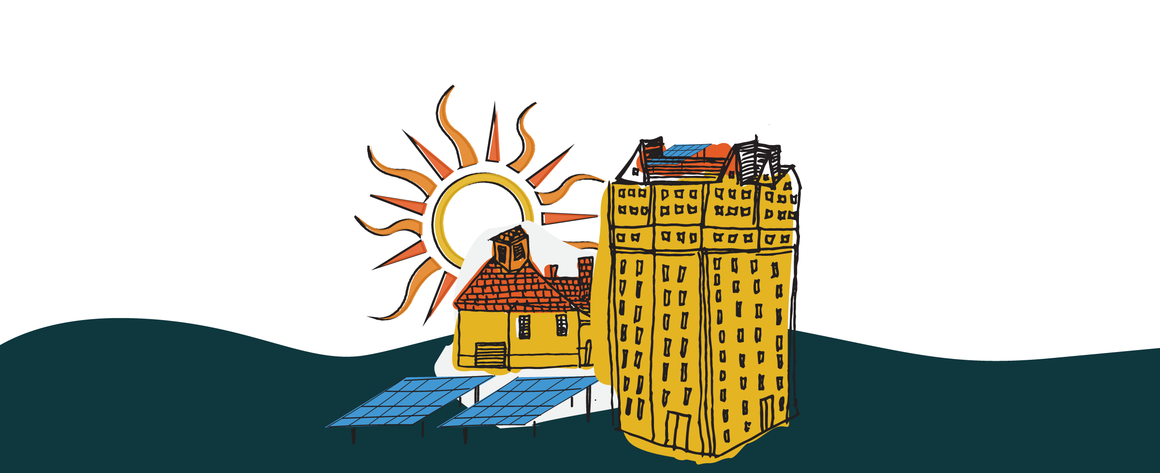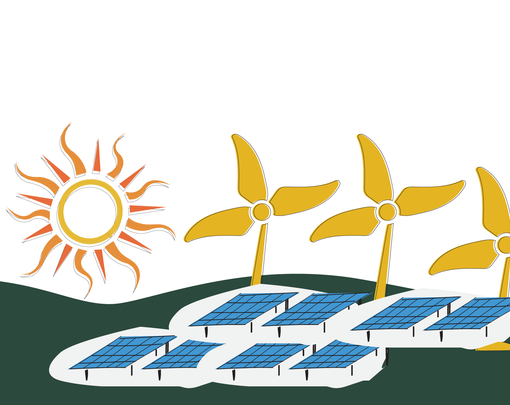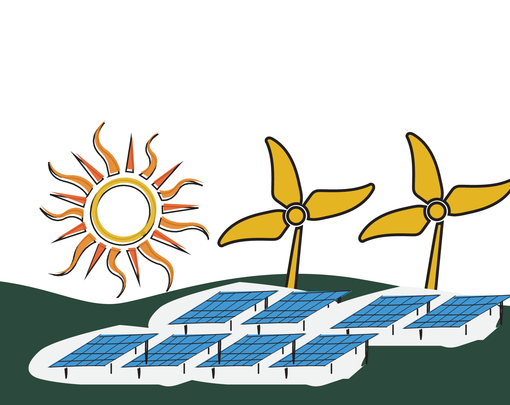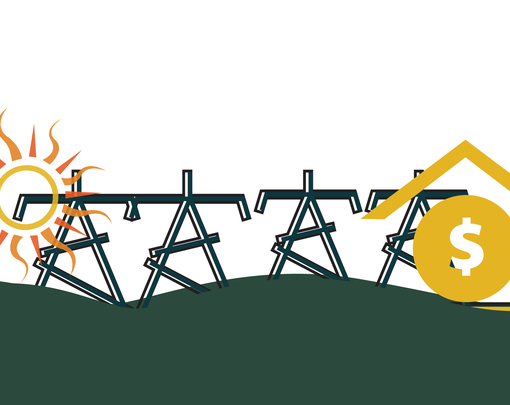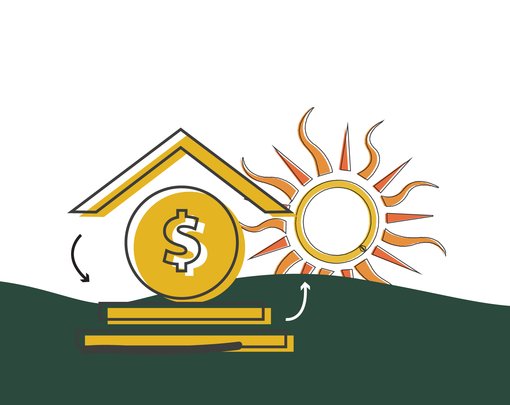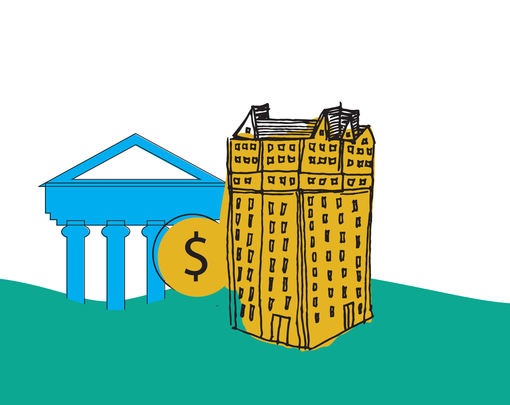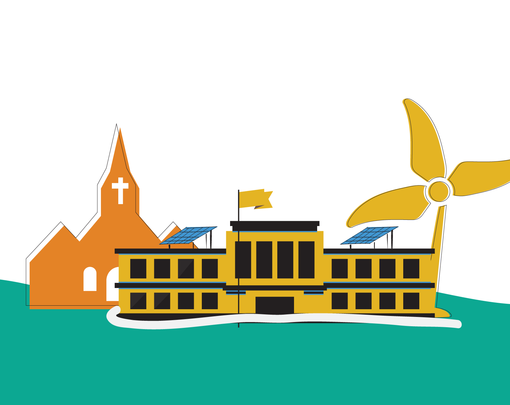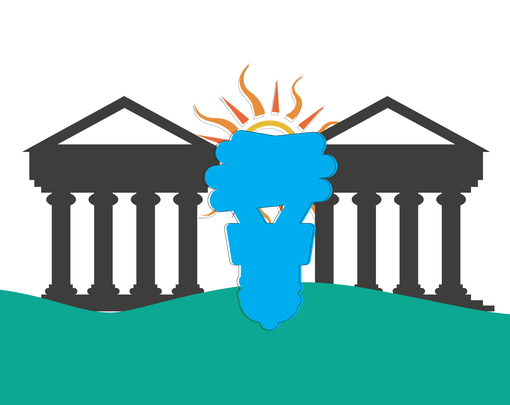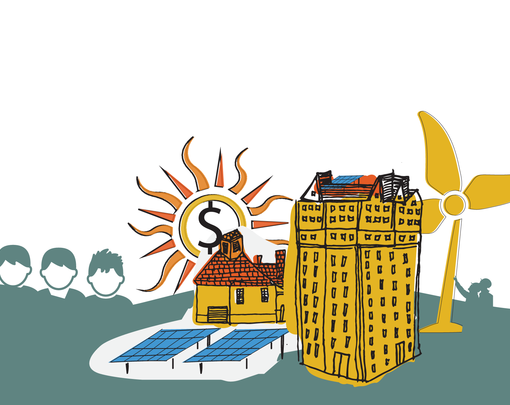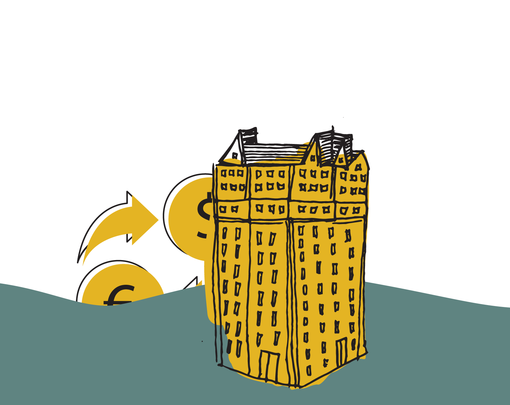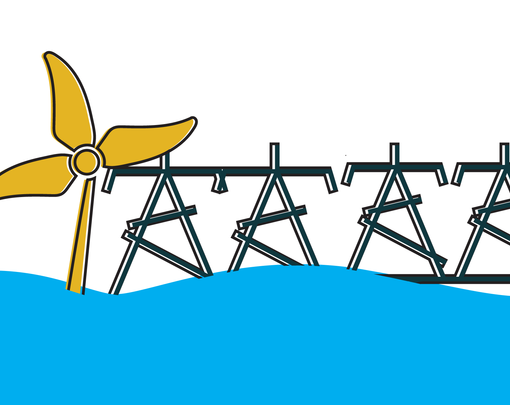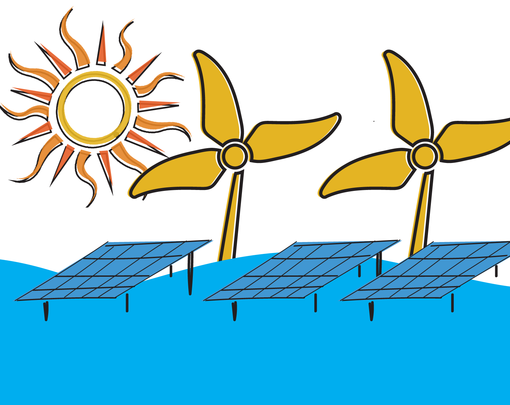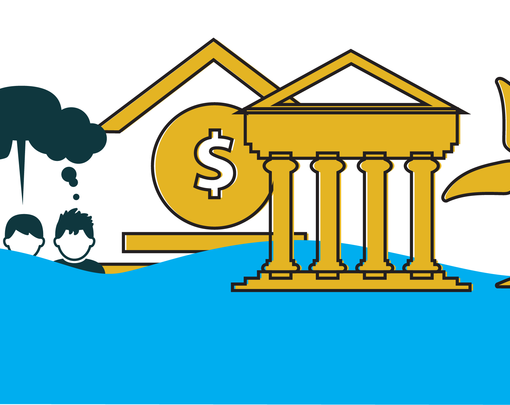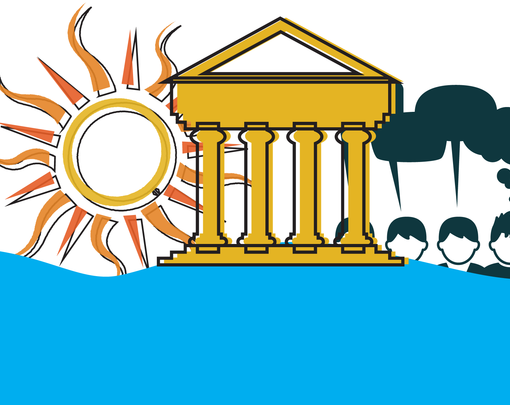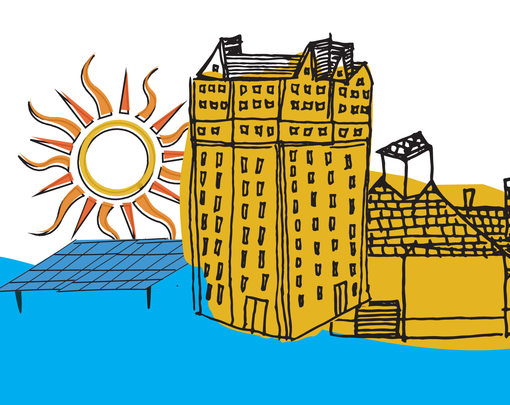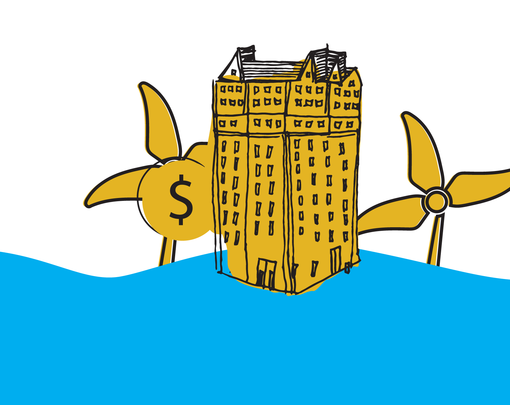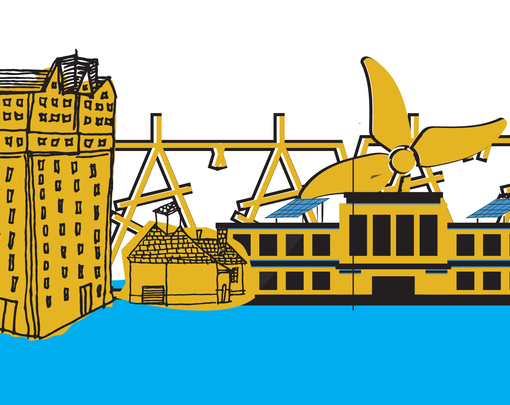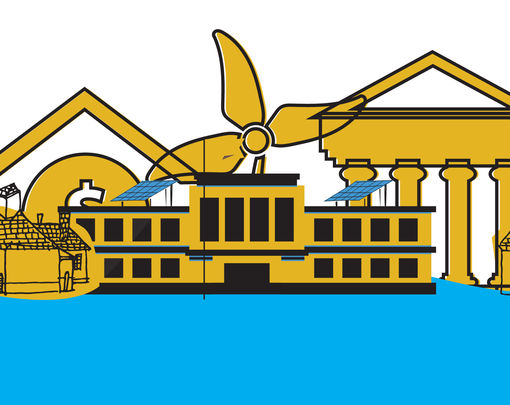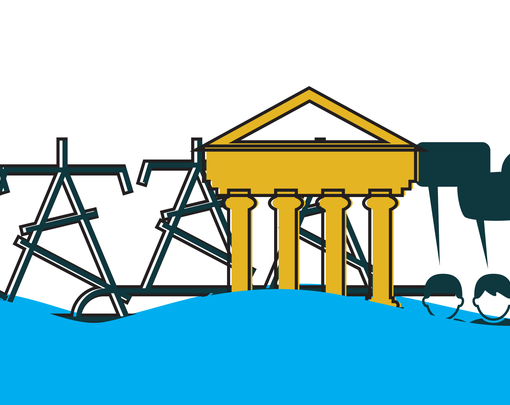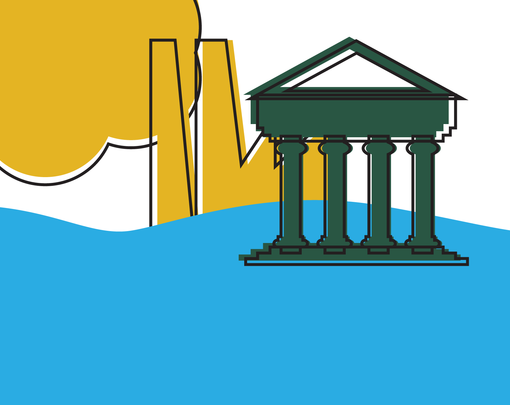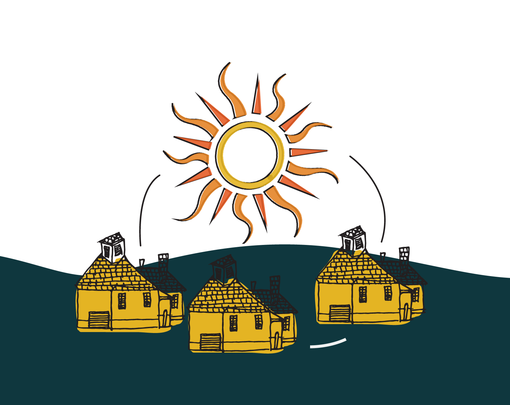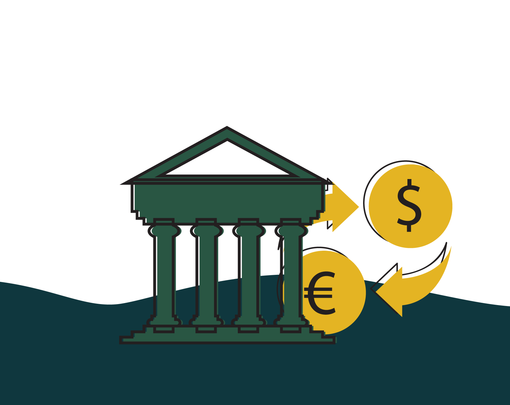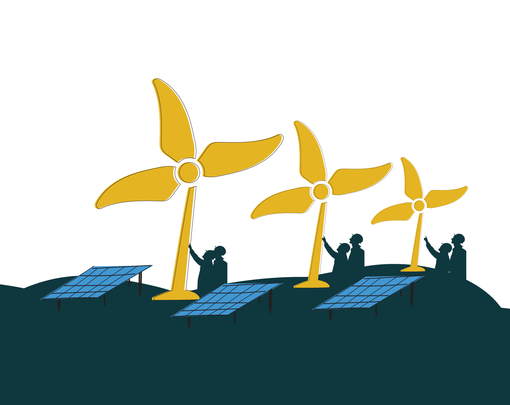Allows people who don’t own their own roofs, or who don’t have the capital necessary to go green on their own, to pool resources and cooperatively own a green energy power plant with other members of their community.
Policy Support:
Technical assistance for setting up solar gardens; subsidies to enable low-income participation; land grants (for instance donation of city-owned brownfields).
Build Capacity?
Provides a concrete example of community ownership of the energy economy you can point to and visit. Achieves economies of scale not possible with single-family installations. Can play an important role in building community even if there is no direct financial benefit realized for participants.
Risk & Drawbacks?
Business development can be slow; “wins” take a long time to materialize. Even with cooperatives, need to ensure access to capital doesn’t determine who gets to participate in the solar economy.
Inspiring Examples:
Solar Holler in West Virginia: a community comes together to codevelop green power solution for local churches, creating dialogue around the post-coal economy. In Denmark, there is a wealth of experience with community-level cooperative ownership of wind turbines, which generate a significant portion of the country’s total energy needs.
